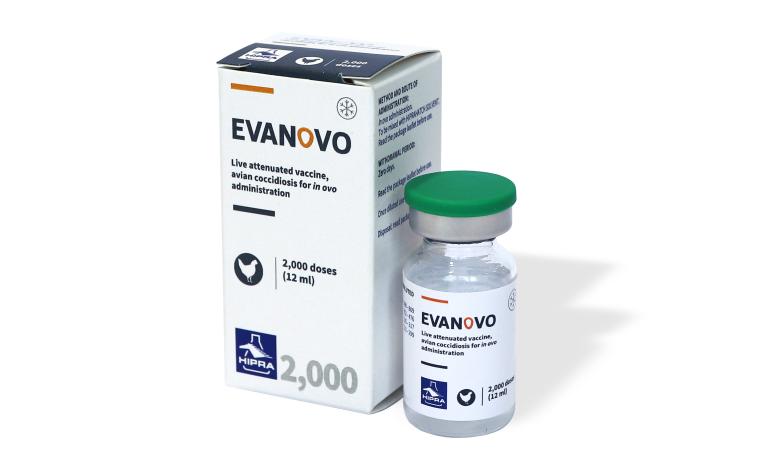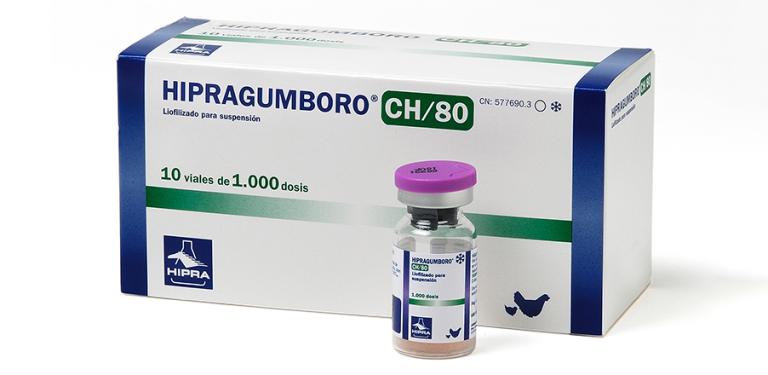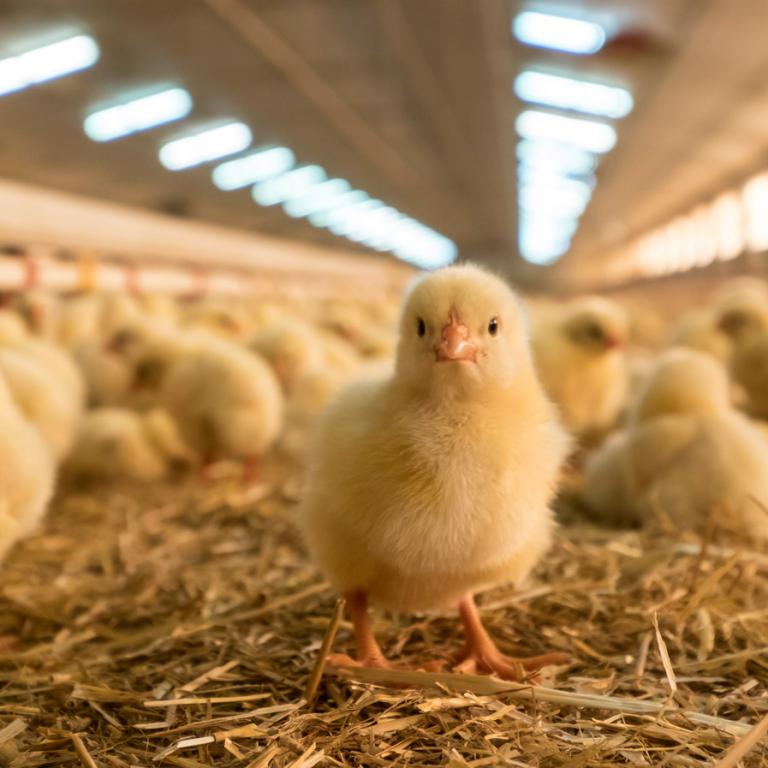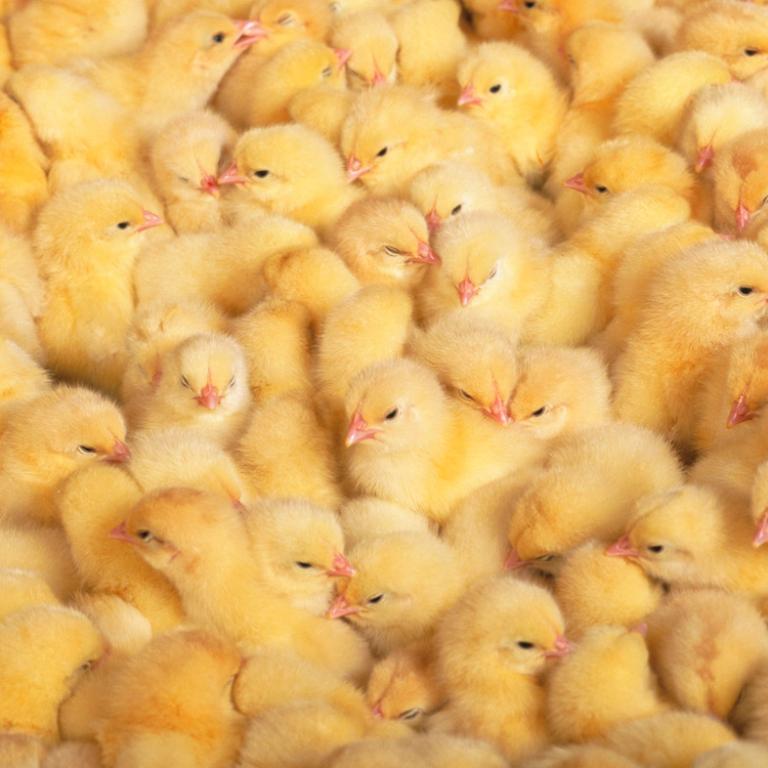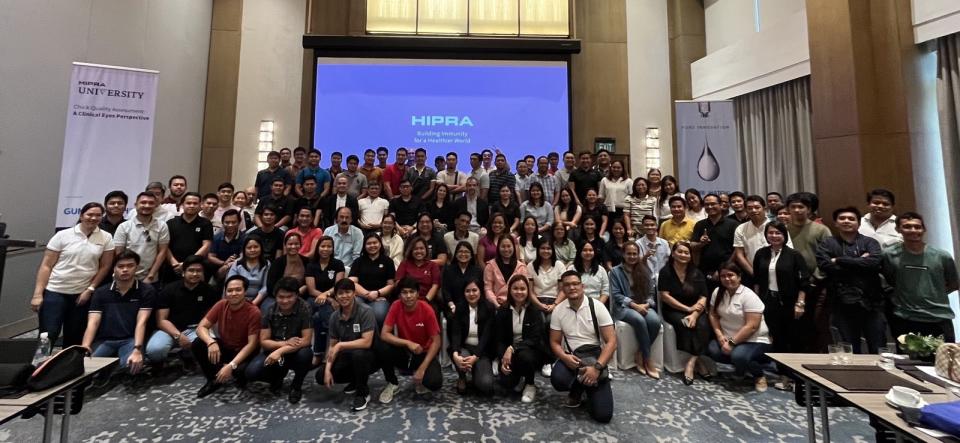When we vaccinate animals, we generally expect good results in terms of safety and efficacy. Consequently, we expect protection against a specific disease and a reduction in clinical signs, which can lead to economic losses.
However, we should not only take these parameters into account, but we should also expect greater productive results from the flock and therefore a positive return on investment (ROI) after vaccination.
About vaccination ROI
ROI is a measurement of efficiency in converting a business investment into profit. Calculating the true ROI can be a complicated process, as it is sometimes difficult to put actions into numbers since multiple factors are often involved.
Vaccines can reduce productivity loss due to illness and mortality, saving money in potential treatments and contributing to economic growth. Therefore, vaccines should be considered to be an economic investment, since they often provide a higher return on investment than many other interventions.
How can we calculate GUMBOHATCH®’s ROI?
GUMBOHATCH® is an immune-complex live attenuated vaccine against Infectious bursal disease (IBD). It is composed of the 1052 strain of the IBD virus and its exclusive immunoglobulin Y (IgY), which makes GUMBOHATCH® a new generation immune-complex vaccine.
In order to calculate GUMBOHATCH® ’s ROI, we will compare productive results for flocks vaccinated with GUMBOHATCH® with the results for flocks vaccinated with another vaccine.
The type of analysis we will use will be determined by:
1. GUMBOHATCH® and (an)other vaccine(s) administered during the same period
This analysis will be applied in companies where GUMBOHATCH® is used in less than 100% of the animals. The results for the different flocks will be compared during the same period.
2. GUMBOHATCH® and (an)other vaccine(s) administered during different periods
This analysis will be applied in companies where GUMBOHATCH® is used in 100% of the animals. The result achieved will be compared with the farm’s historic results for the same period (to avoid the bias of seasonality) using another vaccine.
Data for measurement of the ROI
To start calculating the return on investment, we will first collect the following data:
- Farm Name/Code
- House Name/Code
- Gumboro Vaccine used
- Date of housing
- Number of chickens housed
- Age at slaughter
- Final weight at slaughter
- Mortality in first week
- Total mortality
- FCR
- Average daily gain
- European Efficiency Factor
The ROI will be analysed starting with the production cost, which in turn will be calculated on the basis of the zootechnical results. Therefore, we will also need to collect the following points:
- Price of the day-old chick
- Price of the feed (kg)
- Price of the vaccines
- Selling price of meat (€/kg)
Statistical analysis
HIPRA's Department of Statistical Analysis – Hiprastats – will be responsible for processing the data and producing the analytical report.
Example of a field trial
The following trial was performed on a farm that used GUMBOHATCH® and another vaccine (vectorised vaccine: HVT-IBD) during different periods. The results achieved with GUMBOHATCH® and with the vectorised vaccine were compared to calculate the ROI.



